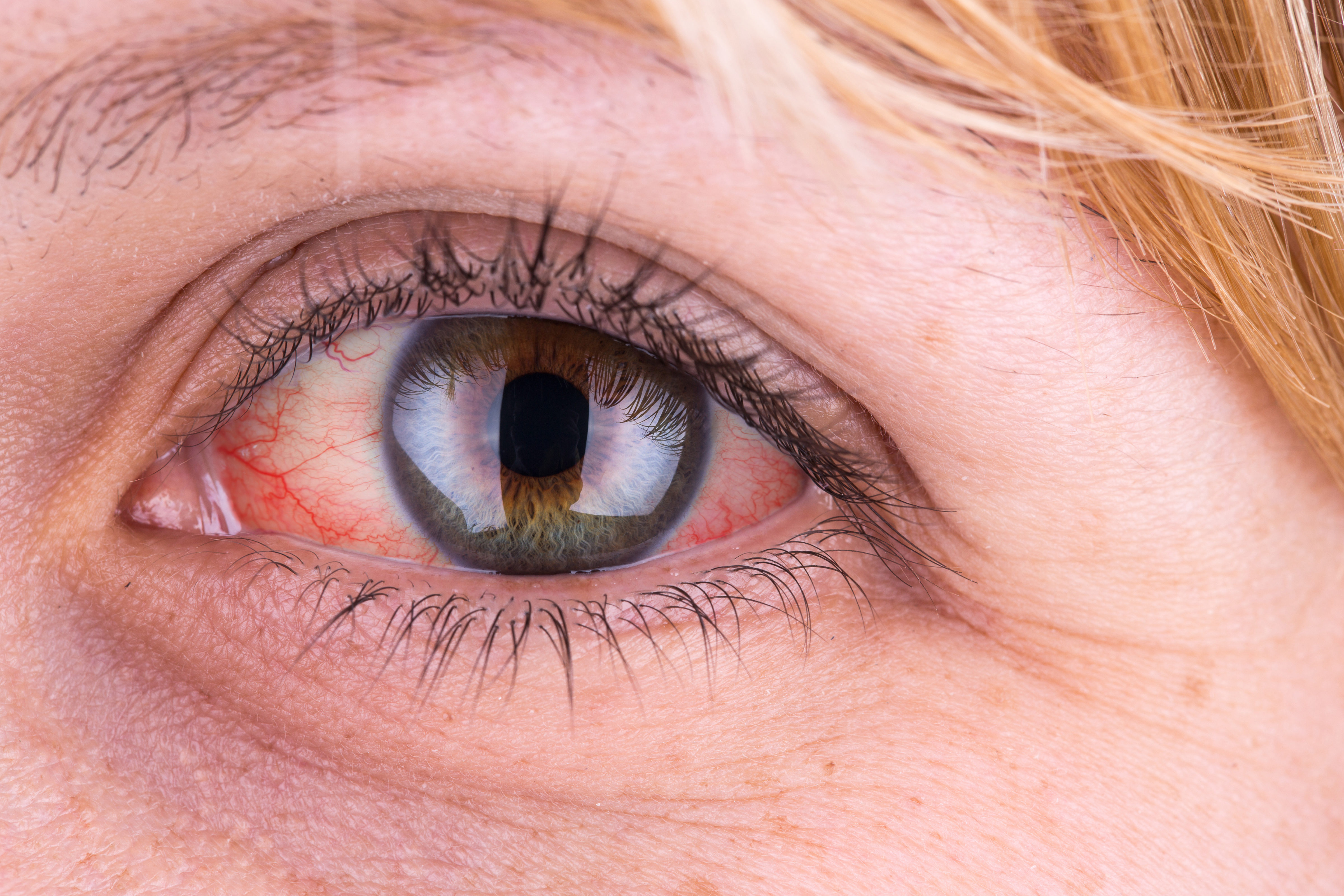Inflammatory bowel disease (IBD) is considered a systemic inflammatory disease. In other words, in addition to intestinal damage, conditions may also develop in other organs and systems, like the eyes. They are known as extraintestinal manifestations (EIM), diseases that do not need to be closely linked to inflammatory activity in the intestine, despite occurring simultaneously. In fact, their triggering mechanisms are not precisely known, although it is believed that the cause can be linked to the interaction of genetic and environmental factors and changes in the gut microbiota. Ocular extraintestinal manifestations are not common in patients with IBD, affecting only 10%1. The consequence of this low prevalence is that both medical professionals and patients themselves overlook the possibility that symptoms like pain or eye redness are symptomatology linked to ulcerative colitis2 or Crohn’s disease. A mistake that can have serious consequences for patients that can be avoided with a multidisciplinary approach, including a complete ophthalmological examination.
News
What are the most prevalent ocular extraintestinal manifestations linked to IBD?
March 16, 2023
Patologies

The most common ocular alterations in patients with IBD are scleritis, episcleritis and uveitis. In the first two cases, the affected eye structure is the sclera, known as the white part of the eye; and in uveitis, damage is found in the uvea, the layer located below the sclera. It must be emphasised that onset of the three conditions often coincides with other skin and joint manifestations, which may provide a lead to the early detection of eye conditions.
Symptoms and treatment of episcleritis and scleritis
Episcleritis and scleritis are ocular extraintestinal manifestations that affect the white part of the eye, although each of them do so at different degrees.
Episcleritis occurs when the thin tissue layer covering the white part of the eye (episclera) is inflamed and irritated. An inflammation that often coincides with a flare-up of the disease. Its symptomatology is emphasised by a burning sensation in the eye that does not worsen on palpation, redness, watering and mild pain or discomfort.
Episcleritis treatment depends on the severity of the symptoms. The condition normally resolves with IBD treatment, even though it is sometimes combined with non-steroidal anti-inflammatory eye drops to relieve discomfort.
If episcleritis is not treated correctly on time, it is likely to develop into scleritis, a more severe eye issue that can result in vision loss. The symptoms of scleritis are severe eye pain that worsens on palpation and radiates to the forehead, cheek or paranasal sinuses; and more eye redness than during episcleritis.
In addition to ulcerative colitis and Crohn’s disease treatment, systemic corticosteroids, non-steroidal anti-inflammatory drugs (NSAIDs) or immunosuppressants, like methotrexate, are prescribed to treat and control scleritis.
How to detect uveitis
Uveitis is another ocular extraintestinal manifestation that is more common in patients with IBD. It often appears during both remission periods and flare-ups, or even before diagnosis of the inflammatory disease. It is characterised by inflammation of the layer located below the white part of the eye, the uvea, where a large amount of blood vessels are found.
When inflammation occurs in the frontal part of the eye, it is called anterior uveitis. It is the most common form of uveitis and its symptoms are eye redness, sensitivity to light (photophobia), eye pain, watering and blurred vision. If this symptomatology is combined with reduced vision and/or appearance of floaters, the patient may suffer from posterior uveitis.
If they experience one of the symptoms described above, they should visit their doctor as soon as possible because the consequences can be serious, even leading to permanent vision loss. The symptomatology can either occur suddenly and worsen at short notice, or they may begin gradually. It is therefore an ophthalmological emergency and an early diagnosis is necessary to avoid complications.
Uveitis treatment involves the application of cycloplegic eye drops to relieve the pain and avoid posterior ocular adhesions. Topical, ocular, periocular or systemic corticosteroids and even immunosuppressants are often used in the most severe cases.
Contact UsFor more information
Contact Us

